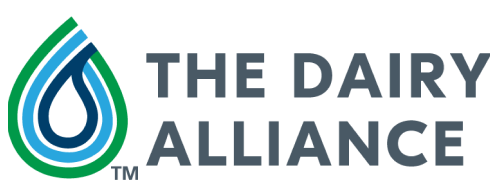The Environmental Footprint of Dairy in the United States
I often find people are confused about the impact of the dairy industry on the environment in the United States. And it’s no surprise, there’s a lot of confusing information out there! That’s why one of my favorite parts of my job is connecting people with farmers and giving them the facts. In honor of Earth Day, here are the top 5 things you should know about the environmental footprint of dairy farming.
The Environmental Footprint of Dairy in the United States
Dairy contributes less than 2% of total U.S. greenhouse gas emissions. Together, plant and animal agriculture contributes 11% of total U.S. greenhouse gas emissions. The biggest contributors to greenhouse gases in the U.S. currently come from transportation and electricity.
The dairy industry has made a goal to be carbon neutral or better by 2050 and to optimize water use while maximizing recycling.
A 2020 research study showed that if we took away dairy cows and used that land to produce other foods the decrease in greenhouse gas emissions was <1% while decreasing the availability of important nutrients.
Cow comfort and health can impact milk production and therefore is a big part of ensuring dairy farmers are producing milk in a sustainable manner. Having fewer cows produce more milk can decrease environmental impacts. For example, fewer cows mean less manure.
Cow power is a real thing. No seriously. The manure that cows create is now being used on some farms to create biogas in methane digesters that can help power entire communities.
Want to learn more about what farmers are doing on the farm to promote sustainability? Check out our virtual farm tour we conducted at the East Tennessee Research & Education Center- Little River Animal and Environmental Unit.





